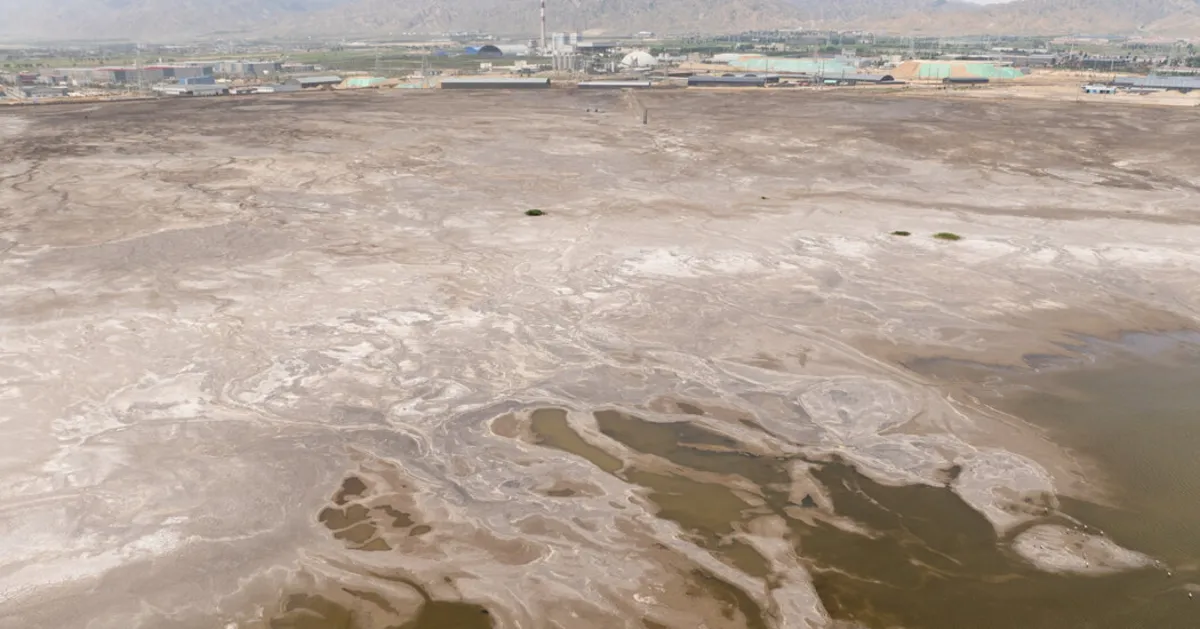
China has emerged as a dominant player in the global market for rare earth metals, producing a significant majority of the world's supply. This dominance has granted the Chinese government substantial control over a critical choke point in global trade. However, this industrial success has come at a significant environmental cost.
For decades, the practices surrounding rare earth processing in northern China have resulted in severe environmental degradation. Toxic sludge, a byproduct of rare earth extraction, has been dumped into a four-square-mile artificial lake, known as the Weikuang Dam. This lake serves as a stark reminder of the environmental toll associated with such industrial activities.
In addition to the pollution caused by the Weikuang Dam, rare earth mines in south-central China have wreaked havoc on the landscape, poisoning previously verdant valleys and leaving hillsides stripped bare, exposing red clay. The pursuit of dominance in the rare earth market has led to widespread environmental destruction, which has been largely tolerated by the Chinese government.
While China has relaxed regulations on environmental protection in the mining sector, the industrialized world implemented stricter regulations as far back as the 1990s. This led to the closure of rare earth mines and processing centers outside China, where even minimal environmental harm was no longer acceptable.
The city of Baotou, located in Inner Mongolia on the southern edge of the Gobi Desert, is often referred to as the world capital of the rare earth industry. However, the city and its inhabitants have endured the negative consequences of poorly regulated production practices. Baotou, with a population of around two million people, is a living testament to the environmental damage inflicted by the rare earth industry.
The sludge in the Weikuang Dam poses serious health risks. During the winter and spring, the sludge dries, and the dust that blows off the lake becomes contaminated with heavy metals, including lead and cadmium, as well as traces of radioactive thorium. Technical papers authored by Chinese scholars highlight these dangers, shedding light on the hidden costs of China’s rare earth production.
As the summer rainy season approaches, the sludge becomes coated with water, which mixes with harmful toxins and thorium, seeping into the groundwater below the lake. This contamination raises alarming concerns about the long-term environmental and health impacts on the local population.
China's ascent in the rare earth metals market has undeniably positioned the country as a global leader. Nevertheless, this success has been overshadowed by the severe environmental repercussions of mining and processing activities. As the world grapples with the implications of this industry, the balance between economic growth and environmental sustainability remains a critical concern.